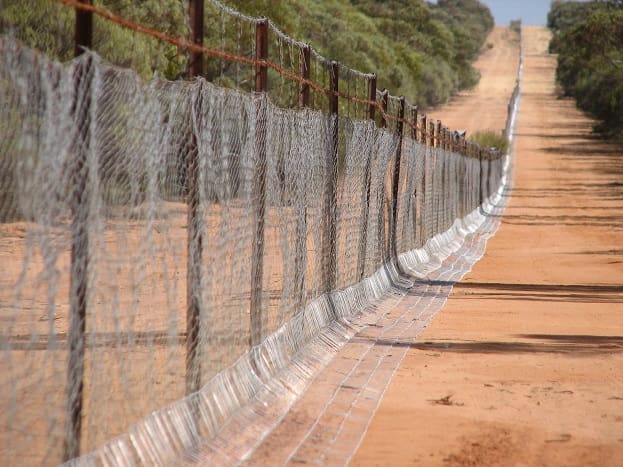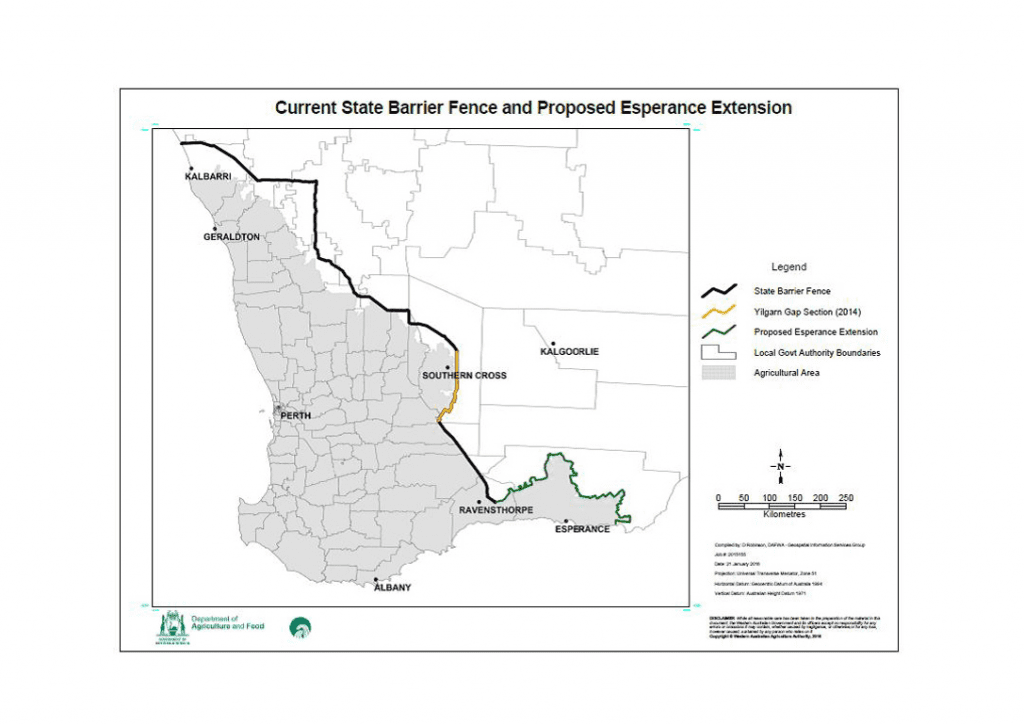A 660-kilometre extension to the historic State Barrier Fence in Western Australia has begun, creating a boundary to protect the south-eastern farming regions from the impact of wild dogs, kangaroos and emus.
The $6.9 million project will add to the existing 1200km fence, bringing its total length to 1850km.
The existing fence runs from the Zuytdorp cliffs north of Kalbarri on the west coast to Jerdacuttup east of Ravensthorpe in the state’s south. The extension will take it through to Condingup east of Esperance on the south coast.
Originally known as the Rabbit Proof Fence, the initial sections of the fence were built between 1902 and 1907 to stop rabbits moving across from the east.
Today, the fence plays an important role in preventing the entry of invasive species from the eastern rangelands into the agricultural region of WA.
The extension is in response to socio-economic impacts on industry and communities in the region from periodic emu ‘migrations’, kangaroo damage to crops and pasture, and the impact of wild dogs in limiting livestock enterprises.
The WA Department of Primary Industries and Regional Development is coordinating the construction of the 1.35-metre-high fence.
Construction is expected to take two-and-a-half years to complete.
WA Agriculture and Food Minister, Alannah MacTiernan, said the landmark project would be supporting employment and training opportunities for local businesses and for Aboriginal people.
“The first 8.5 kilometres of the fence build will involve training the Esperance Tjaltjraak Aboriginal Rangers in fencing construction so they are able to seek future contracting opportunities,” she said.
Most of the proposed alignment for the Esperance extension is adjacent to agricultural private property boundaries on vacant Crown land along an existing cleared fire break and/or following existing roads or tracks.
In 2014, an earlier project involved the construction of additional fencing to close a half-century-old 170km gap in the fence known as the Yilgarn Gap which ran through the Shire of Yilgarn, east of Southern Cross.
Construction of the Yilgarn section involved the installation of 24,600 steel posts, more than 600 strainer assemblies, 170km of plain wire, and fabricated fence installed to a height of 1.4 metres.
Lapwire was clipped to the bottom of the fence to create the required barrier to minimise incursions by emus and wild dogs.
Source: WA Government



HAVE YOUR SAY